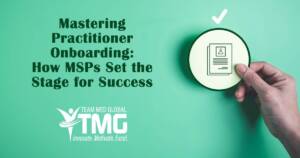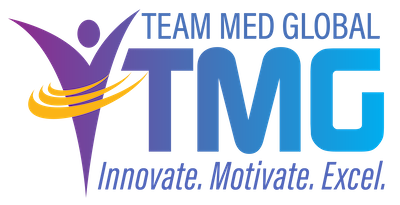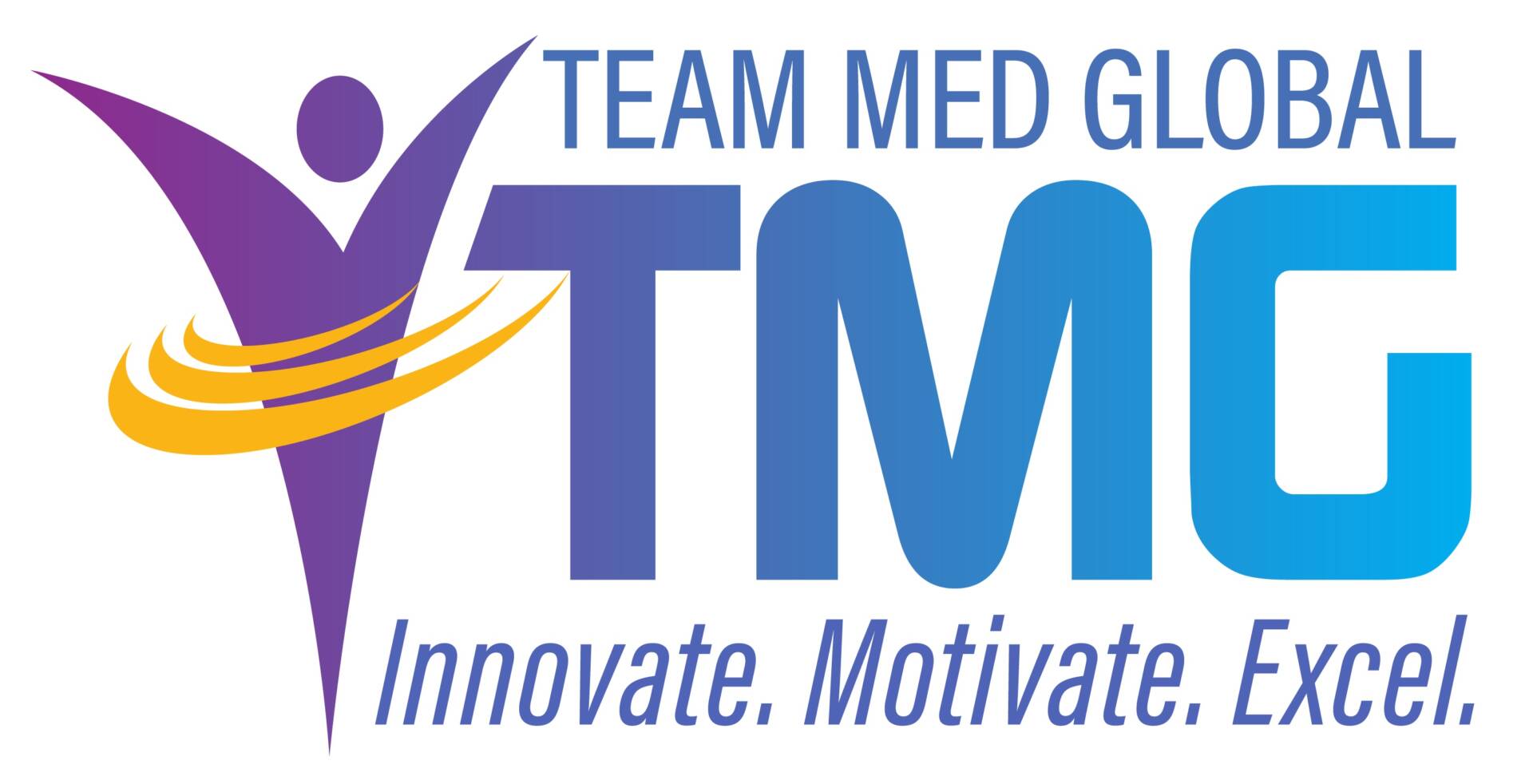 Welcoming a new practitioner is an exciting milestone for any healthcare organization. But beyond hiring, a robust onboarding process is essential to ensure a smooth transition. As Medical Services Professionals (MSPs), you play a pivotal role in setting the stage for a practitioner’s success from day one.
Welcoming a new practitioner is an exciting milestone for any healthcare organization. But beyond hiring, a robust onboarding process is essential to ensure a smooth transition. As Medical Services Professionals (MSPs), you play a pivotal role in setting the stage for a practitioner’s success from day one.
Here’s how MSPs can lead an effective onboarding program that helps new practitioners integrate quickly and successfully into their roles.
Start Early: Pre-Boarding Essentials
Onboarding begins as soon as a practitioner accepts the offer. The pre-boarding stage is critical for ensuring everything is in place for their first day.
Credentialing and Licensing: Expedite the credentialing and payer enrollment processes. Delays can prevent practitioners from seeing patients, which disrupts their workflow and the organization’s operations.
Pre-Arrival Communication: Send a welcome packet that includes key details about the organization and team. Arrange virtual introductions with team members to foster a sense of connection before they arrive.
Develop a Structured Onboarding Timeline
An organized timeline helps MSPs ensure that all administrative, compliance, and credentialing tasks are completed on schedule.
Pre-Arrival: Coordinate the completion of credentialing, privileging, and payer enrollment. Ensure all required documentation, such as licenses and malpractice coverage, is ready.
First Week: Finalize any outstanding credentialing documents. Ensure the practitioner has access to key systems, including electronic health records (EHR), and provide an overview of credentialing policies.
First 30 Days: Resolve any lingering compliance or enrollment issues. Ensure the practitioner understands important regulatory requirements and documentation deadlines.
By 90 Days: Confirm that the practitioner is fully credentialed, enrolled, and integrated from a compliance perspective. MSPs ensure no administrative or regulatory issues remain unresolved.
Build a Mentorship and Support Network
Beyond paperwork, building a sense of community is essential for a new practitioner’s success.
Peer Support: Encourage informal meet-ups or mentorship programs that pair new practitioners with more experienced colleagues. This provides a comfortable environment for asking questions and seeking advice.
Formal Mentorship: Assign a mentor who can provide support throughout the practitioner’s first year. The mentor should offer guidance on both professional and personal integration into the organization.
Tailor Onboarding to Individual Needs
Every practitioner is different, and onboarding should reflect their unique background and needs.
Local Resources: For practitioners new to the area, provide information about the local community, including housing and networking opportunities.
Specialty-Specific Training: Ensure training sessions are relevant to the practitioner’s specialty. Tailor onboarding for specific roles—whether they’re a primary care practitioner or a specialist.
Maintain a Fluid and Adaptive Process
Onboarding is not a one-size-fits-all process. Regular check-ins allow MSPs to ensure the practitioner is progressing smoothly and that any issues are quickly addressed.
Regular Check-Ins: Schedule structured 30/60/90-day check-ins to identify challenges and fine-tune the onboarding process. While MSPs focus on compliance, other team members may monitor clinical progress.
Post-Onboarding Review: At the end of the onboarding period, review its effectiveness. Gather feedback from the practitioner and key stakeholders to continuously improve your program.
Celebrate Milestones
Recognizing milestones, such as the completion of the first 90 days, is an important part of fostering a positive culture.
Acknowledgement and Recognition: Celebrating these achievements not only boosts morale but also reinforces the practitioner’s connection to the team and organization.
By implementing a structured and thoughtful onboarding program, MSPs can help ensure that new practitioners are not only set up for immediate success but also equipped for long-term satisfaction and productivity within the organization. As an MSP, you are key to driving this success, ensuring that the organization’s most valuable asset—its practitioners—are empowered to excel from day one.

